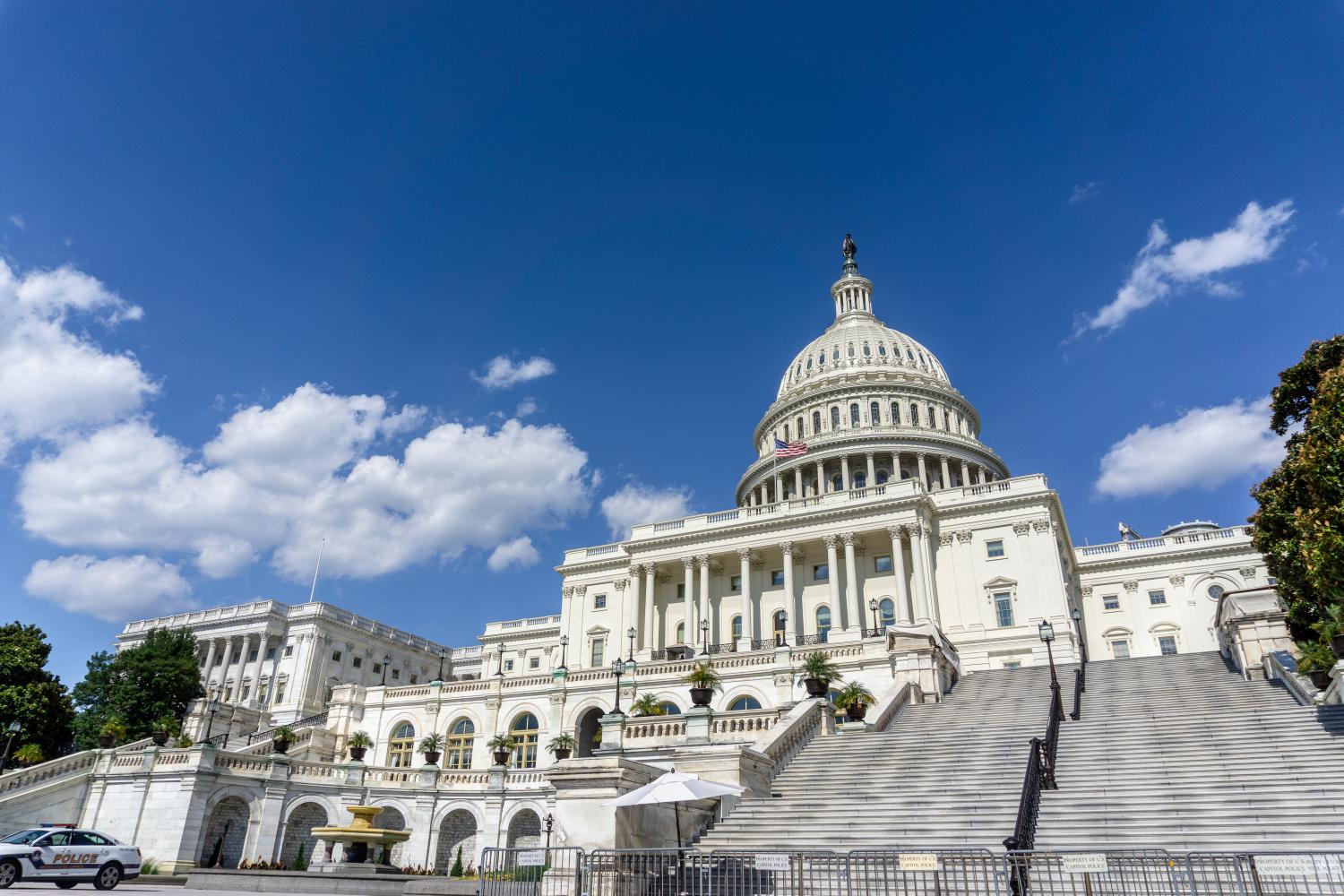Shortly after Democrats took control of the House of Representatives in January 2019, TIME magazine ran a cover that depicted Speaker of the House Nancy Pelosi using a trebuchet to send subpoenas to President Donald Trump (who, for his part, was portrayed as flinging Tweets with a slingshot in the Speaker’s direction). This notion—that a new Democratic majority would engage in vigorous oversight of the executive branch—had been a major theme of reporting during and immediately after the 2018 midterm elections. Pelosi and Trump certainly had a contentious relationship during the first two years of Trump’s term, but even beyond their interpersonal dynamics, scholarly work on the history of congressional oversight suggests that a switch in partisan control of the House from Republicans to Democrats would have consequences for the volume of oversight of the executive branch. Research by political scientists Douglas Kriner and Eric Schickler, for example, finds that, between 1898 and 2014, when one party controlled the House and the other the presidency, House committees investigated the executive branch more aggressively. Work by Frances Lee, meanwhile, demonstrates that under divided government, Congress has carried out more investigations of “executive misbehavior.”
This historical evidence and the combative nature of the relationship between President Trump and House Democrats (captured well by the imagery of weapons on the TIME cover) certainly suggested that we would see substantial oversight activity in the House in the 116th Congress. To investigate whether legislators actually conformed to our expectations—and to answer other questions about how, and on what issues, Congress engages in oversight—we launched the Brookings House Oversight Tracker in March 2019. Using data on both hearings held by and letters sent on behalf of House committees and subcommittees, this report analyzes the quantity, type, issue focus, and quality of oversight of the executive branch in the House of Representatives during the 116th Congress (2019–2020). We conclude with some observations about developments related to congressional oversight and the federal courts that have implications for how investigations might proceed in the future.
This work is licensed under the Creative Commons Attribution-NonCommerical-NoDerivatives 4.0 International License. To view a copy of the license, visit https://creativecommons.org/licenses/by-nc-nd/4.0/.





